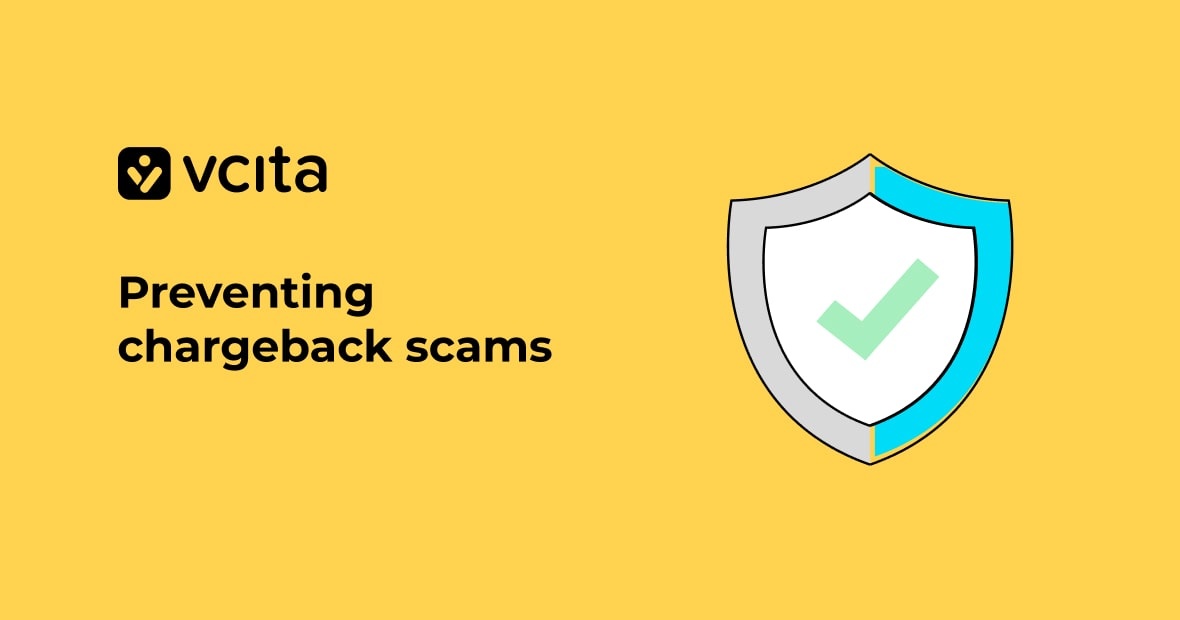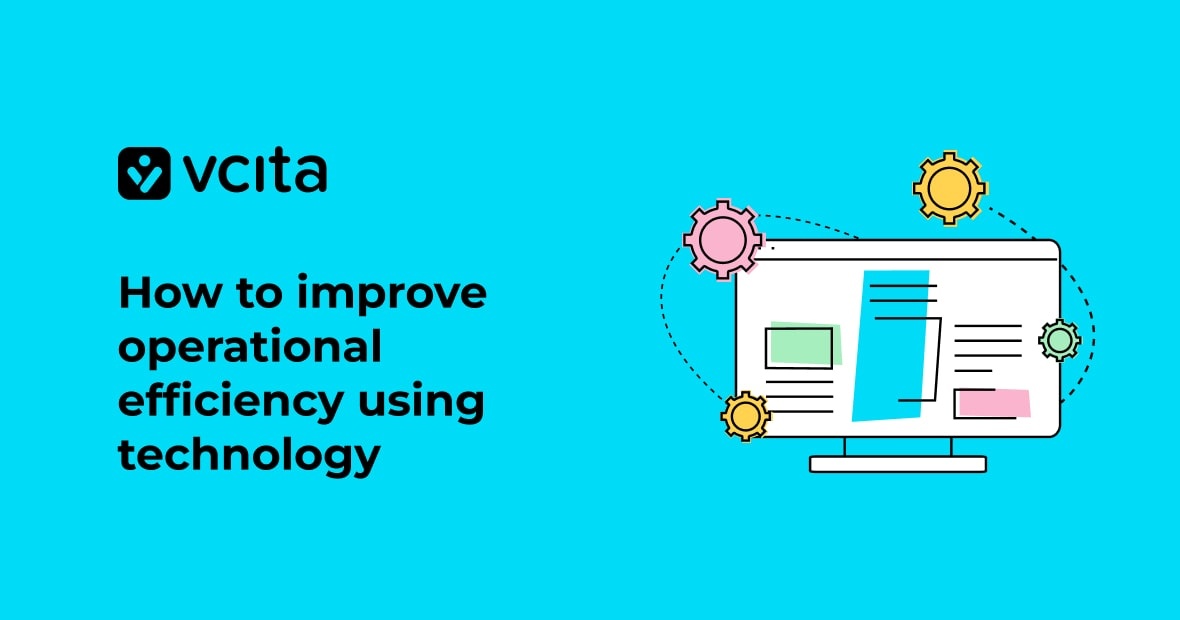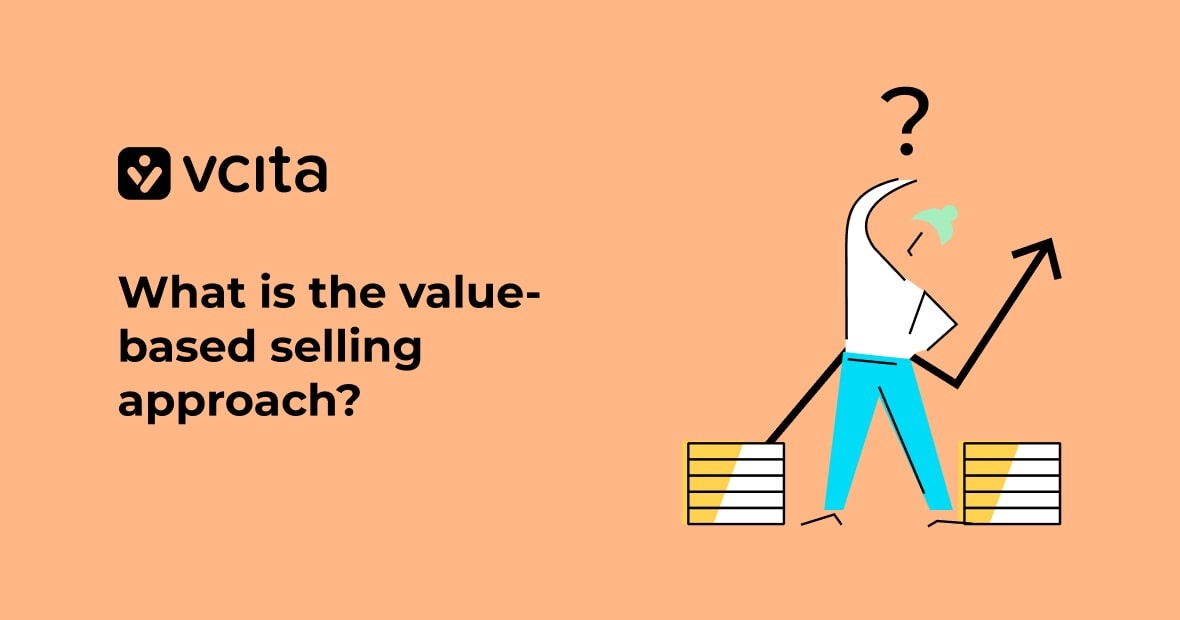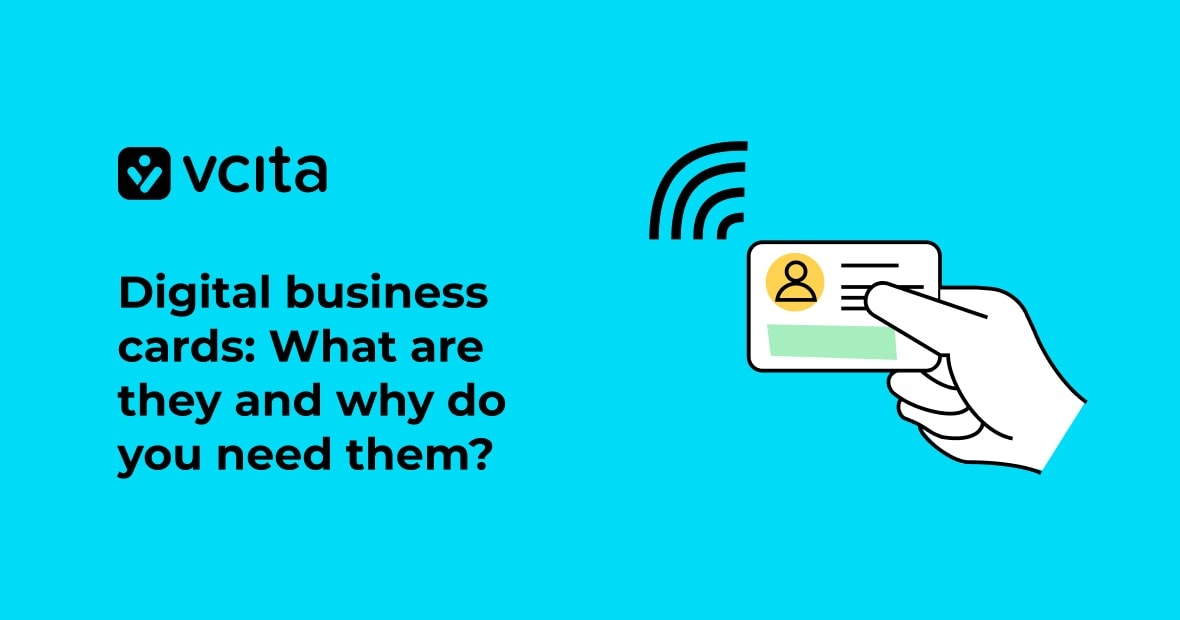As a small business owner, you’re always looking for ways to provide top-notch customer service. That’s why you accept returns and have a generous returns policy. But you also care about your cash flow and want to protect yourself from fraud.
Fraudulent chargebacks – also called “friendly fraud” – take advantage of your returns policy to disrupt your cash flow and damage customer relationships. While chargebacks are a normal part of doing business, excessive chargeback fees hurt your bottom line.
Read on to learn how implementing basic fraud detection with your business management software can help you spot fraudulent chargebacks, prevent friendly fraud and family fraud, and protect your legitimate customers and cash flow.
What is friendly fraud and why does it matter for small businesses?
Friendly fraud, also known as first-party fraud, refers to chargebacks filed by legitimate customers to fraudulently obtain a refund. It happens when a customer makes a purchase with their own card, then requests a refund or files an illegitimate chargeback claim while keeping your product.
As a small business owner, friendly fraud can have a huge impact on your cash flow and bottom line.
Chargeback fees add up quickly
Each time a chargeback is filed against your business, there are fees involved which typically range from $15 to $100 per transaction. These fraudulent chargebacks and associated fees can significantly impact your cash flow and cut into your profits.
Unfair refunds cost you money
So-called friendly fraudsters effectively get to enjoy your product or service for free, because they receive a refund for their payment but they already experienced your service, used your product, or keep hold of your product.
Refunds damage your cash flow
When you forecast your cash flow, you expect that each sale is final. You’ll probably allow for a small number of chargebacks every month, but you rely on your sales to bring in revenue. Chargebacks pull hard-earned money back out of your account, which means that the funds you thought you could count on to pay your bills aren’t there when you need them.
The different types of friendly fraud chargebacks
Friendly fraud chargebacks come in all shapes and sizes, but the two most common types are family fraud and first-party fraud.
First party fraud: customers who request refunds they don’t deserve
With first-party fraud, the cardholder requests a refund for a product they received in good condition, or a service that was rendered correctly. They are essentially trying to get something for free. Even though you provided what the customer paid for, they dispute the charge to get their money back – costing you time, money, and inventory.
Family fraud: family and friends fraudulently using someone else’s card
Family and friends fraud occurs when someone uses another person’s credit card to make a purchase from your business and then requests a refund, claiming it was an illegitimate charge. Since the actual cardholder didn’t make the purchase, the issuing bank usually sides with them in the chargeback process.
How to detect friendly fraud attempts
A certain level of returns and chargebacks is normal for every business. But you want to be able to spot when a return request is actually an attempt at friendly fraud. Here are some of the
Look for strange billing descriptors
Fraudsters often use generic billing descriptors to disguise their charges and avoid detection. Keep an eye out for charges from companies with very generic names, or from companies in industries different from your own. These could indicate that a fraudster has stolen someone’s card information to make purchases from you.
Monitor frequent returns requests
Monitoring your customers’ purchase and chargeback activity is key to preventing friendly fraud. Look out for frequent return or refund requests from the same customer, or refund requests for older purchases. Multiple requests in a short time period could signal that a customer is abusing your refund policy. Check that the reasons given for the returns seem legitimate. If anything seems off, it may be a sign of first party fraud.
Review chargeback rates and reasons
A sudden spike in chargebacks could be a sign of illegitimate chargebacks or friendly fraud. Analyze the reasons given for chargebacks to determine if they seem plausible and match your records. If chargebacks are occurring for purchases that you cannot find any record of, it is likely a sign of chargeback fraud.
Use fraud detection tools
Business management software and fraud prevention services can help detect friendly fraud by analyzing patterns in charges, returns, and chargebacks. They use algorithms to flag suspicious activity so you can review and determine appropriate action. While these tools do come at a cost, they can help save money by reducing losses from friendly fraud and chargeback fees.
Best practices for preventing friendly fraud
Catching attempted friendly fraud is a good step, but it’s even better to prevent fraudsters from trying it in the first place. The good news is there are several fraud prevention best practices you can put in place to avoid illegitimate chargebacks from customers.
Use clear invoicing and descriptors
Make sure your invoicing and billing descriptors clearly state the name of your business. This makes it easier for legitimate customers to recognize charges on their statements and dispute the charge if needed. Vague or misleading descriptors increase the likelihood of friendly fraud.
Keep organized purchase records
Ensure your invoicing and customer service teams have clear records of all purchases in case of a dispute. Using business management software like vcita can help with organization and access to records.
Provide great customer service
Offering high-quality customer service is one of the best ways to reduce chargebacks. When customers can easily contact you with questions or concerns about charges, they are less likely to file a chargeback out of confusion or frustration.
Monitor for fraudulent transactions
Look for signs that a certain customer engages in friendly fraud, like multiple chargebacks within a short time period. Also watch for chargebacks that are delayed more than a few days after the transaction, as legitimate issues are usually addressed quickly. Once you spot frequent offenders, you can decide how to deal with them, whether you decide to cancel returns for them, contact them directly, or some other approach.
Dispute illegitimate chargebacks
Don’t hesitate to dispute chargebacks you believe are fraudulent. The chargeback process allows you to provide evidence to the issuing bank that the transaction was legitimate. While there are chargeback fees involved, winning a dispute can help recover lost revenue and avoid further fraud from the same customer. Monitor chargeback ratios to ensure your dispute win rate remains high, as a low win rate may indicate an issue with your fraud prevention systems.
Make it hard to request fraudulent chargebacks
Make the chargeback process as difficult as possible for scammers. Require signed proof of delivery for expensive items before issuing a refund. And be prepared to dispute illegitimate chargebacks to avoid chargeback fees, protect your cash flow, and maintain a good relationship with your issuing bank.
Double check payment information
When a customer makes a purchase, give their card and billing information a second look. To prevent family fraud, carefully check billing descriptors and address information to ensure the cardholder’s name matches and the shipping address is the cardholder’s actual address.
By following these best practices, you can prevent friendly fraud, reduce illegitimate chargebacks, and avoid unnecessary hits to your cash flow.
What to do when you receive a friendly fraud chargeback
Despite all your best efforts, you’re likely to see attempts at friendly fraud, although hopefully it won’t happen very often. Here are the steps you should take when you get a chargeback that looks like a friendly fraud attempt.
- Contact the customer
When you receive a chargeback notice for a transaction you believe is legitimate, contact the customer immediately. Explain that you received a chargeback request for their recent purchase and want to verify if there is an issue with the order or if the chargeback was filed fraudulently.
This can help identify cases of family or friend fraud where someone else used the customer’s card without their consent. If the customer confirms the transaction was fraudulent, comply with the chargeback.
- Dispute invalid chargebacks
If the customer confirms making the purchase or you have reason to believe the chargeback is illegitimate, contact the customer’s issuing bank within the time frame specified to dispute the chargeback.
Provide evidence like invoices, receipts, or records of correspondence with the customer showing the transaction was valid. Using business management software like vcita can help ensure you have the necessary records to dispute invalid chargebacks.
- Monitor for repeat offenders
Unfortunately, some customers may repeatedly file fraudulent chargebacks to take advantage of the chargeback process. Monitor your chargeback rates to detect repeat offenders.
If a customer shows a pattern of disputing charges that you can prove are legitimate, you may need to refuse further transactions from that customer to avoid additional chargeback fees and damage to your cash flow. As a last resort, you may even need to report the fraudulent activity to the authorities.
- Review your fraud prevention plan
Receiving a high volume of friendly fraud chargebacks can be damaging to your business. It’s a sign that you should review your existing fraud prevention measures to identify any gaps that allow friendly fraud to slip through.
This includes strengthening your verification of customer information, using billing descriptors that clearly identify your business, and ensuring customers understand your return and refund policy. The more you can do to prevent friendly fraud on the front end, the less time and money you’ll spend disputing illegitimate chargebacks on the back end.
Don’t let friendly fraud damage your business
Friendly fraud is a real threat to your business’s cash flow and can negatively impact your bottom line with illegitimate chargebacks and fees. But now you have the information you need to fight back. With vigilance and fraud prevention best practices, you can minimize the impact of friendly fraud chargebacks on your business. Don’t let these scams threaten the financial health of your company or the experience of your legitimate customers.




























